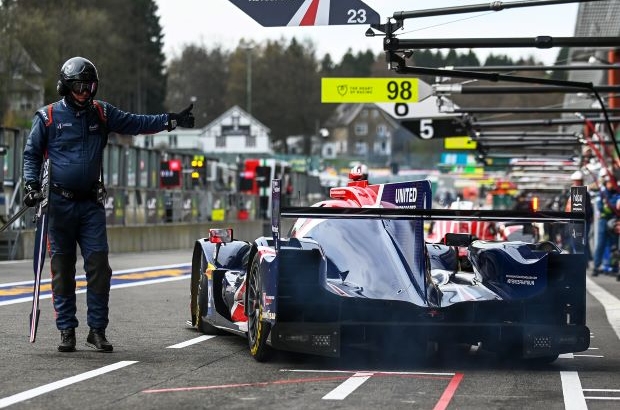- Daily & Weekly newsletters
- Buy & download The Bulletin
- Comment on our articles
Life in the fast lane: The Bulletin goes trackside at Spa-Francorchamps
Mechanics are limbering up, drivers are staring at screens relaying race action and jumpsuit-clad technicians are prepping the garage for their car’s next pitstop.
This is the behind-the-scenes action at the World Endurance Championships (WEC) at Spa-Francorchamps, Belgium’s legendary race track. With its hair-raising chicanes and stomach-churning elevations, it’s known as the Ardennes roller coaster.
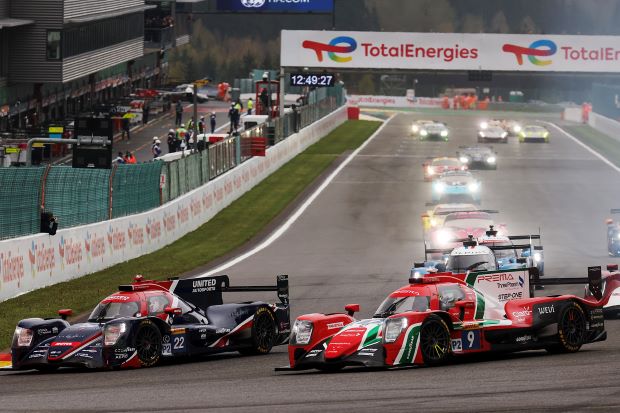
The WEC’s TotalEnergies 6 Hours competition consists of three classes, so there’s a variety of high-speed models whizzing around the 7km circuit. With manufacturer teams racing alongside privateers, the cars are feats of engineering and their drivers some of the most talented in the sport.
The Bulletin has been invited trackside by United Autosports, one of the UK’s major motorsport companies competing in the Le Mans Prototype 2 category. It’s currently leading the highly competitive World Championship that heads next to Le Mans in France for the centenary 24 Hours race on 10 and 11 June.
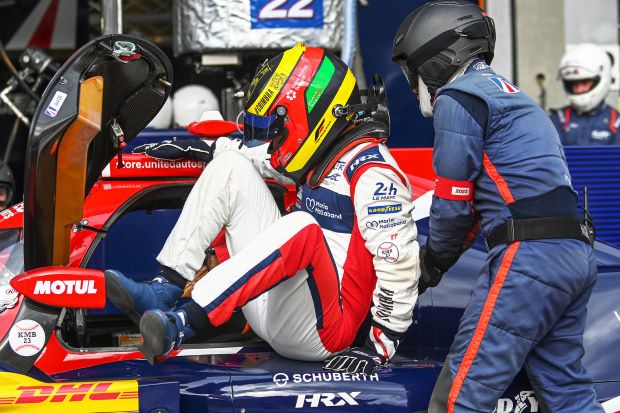
In the meantime, Yorkshire-based United Autosports’ two ORECA 07 cars, #22 and #23 – each with a three-man driver team – are participating in practice sessions at Spa. The opportunity for fine-tuning tactics and technical skills is a well-drilled operation. The crew spring into action as each car pits. A flurry of instructions from managers lined up opposite on the pit wall is streamed through the team’s headsets.
Get ready for a tyre change, comes the calm order. Immediately, a stack of wheels is trolleyed into position, before another unruffled directive cancels the request and confirms the team is sticking to slicks.
This is the Spa circuit living up to its reputation as climatically fickle. Its notoriously unpredictable weather means cars can start the lap in the dry, get soaked halfway through and finish the circuit back in the dry. Making the right tyre choice or strategy call is essential.
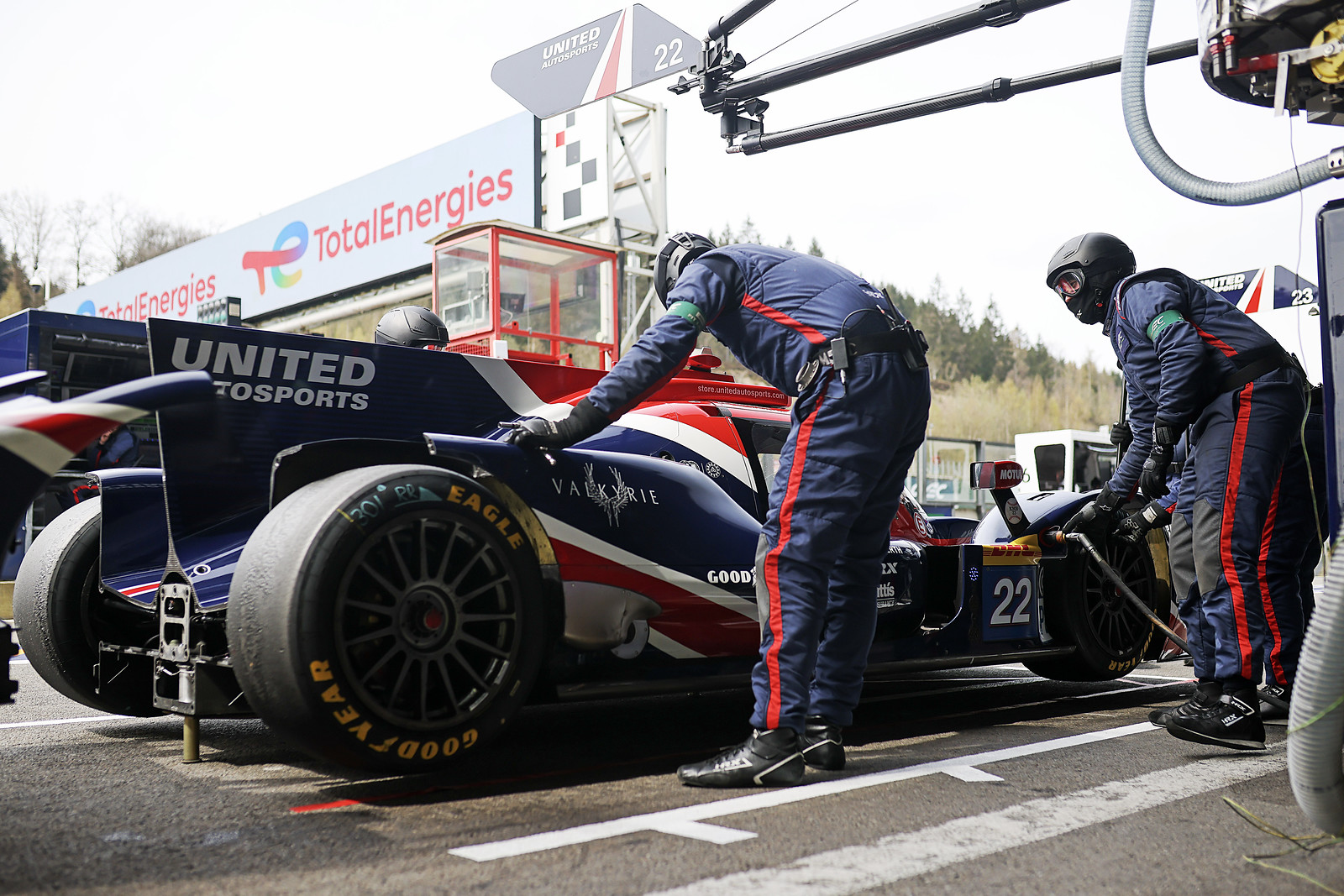
A safety car pause brings a chance to practise tyre and driver changes. It’s a well-rehearsed choreography as the mechanics dance around the vehicles, pneumatic wheel gun in hand or effortlessly shifting tyres.
Due to strict regulations, competing cars are similar in terms of performance, so drivers’ ability, pitstop performance and fuel management make all the difference in a race. “The margins are very tight,” says United’s marketing manager, Scarlett Whittell.
In a 24-hour event, there are different strategic challenges compared to Formula 1. “As well as the weather, the challenge is traffic, says Whittell. “You can get taken out of the race by a car that’s not even in your class, so there’s also an element of luck.”
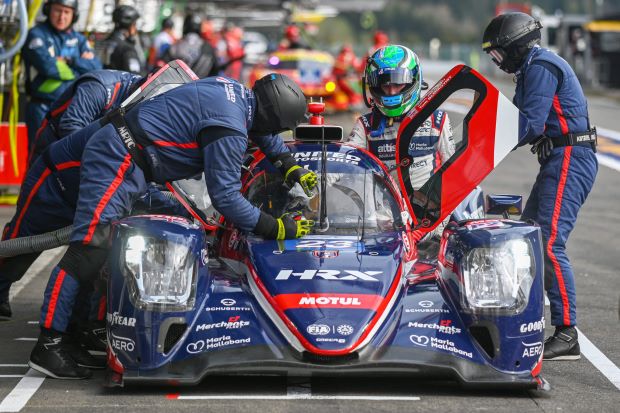
Each car is assigned a dedicated engineer and mechanics, overseen by a technical director. Hidden away in a tented area at the back of the garages, systems and performance engineers crunch the numbers for optimal results.
WEC regulations extend to the drivers, in the minimum and maximum times they can race, and their level of experience.
The current silver-rated driver in the #23 car is 17-year-old rising star Josh Pierson from the US (pictured below). After jumping into his first go-kart at the age of two, he made history in 2022 as the youngest driver at the 24 Hours of Le Mans.

Testing his skills at the demanding Spa-Francorchamps circuit was an ambition he accomplished last year. It was emotional. “I shed a tear when I walked it the first time. Taking those first steps up the Raidillon de l’Eau Rouge was absolutely magical,” he says of the track’s legendary corner.
With the course’s 19 turns and sharp elevations, it’s very hard to put a lap together, says Pierson, whose mature demeanour belies his age. “One mistake could cost you. When you have a lap time in the two minute range, it’s hard to stay consistent, and the track in general is very tricky.”
Driving in the rain during the practice session was a new challenge. “I absolutely loved it, it was something special,” he says. “I jumped in this morning and they chucked me straight out in slicks; the first two or three laps were a bit sketchy, with full windshield wipers on, but it slowly came together. Thanks to the team for trusting me and giving me that experience.”
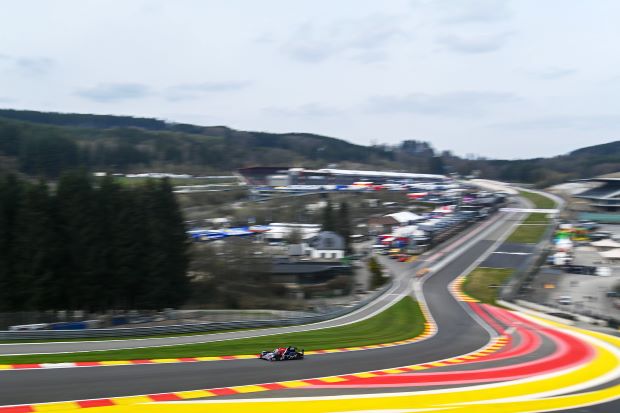
Spa also inspires Pierson, as it reminds him of home. “I love the atmosphere here. Back in Oregon, we have very similar scenery and weather. It’s very familiar, so this place is one of my favourites for sure.”
Interaction with the drivers is a big draw for the public enjoying a day out at the endurance challenge. Music is pumped up after the lunch break and fans swarm the pits to collect autographs and grab selfies with their favourite teams.
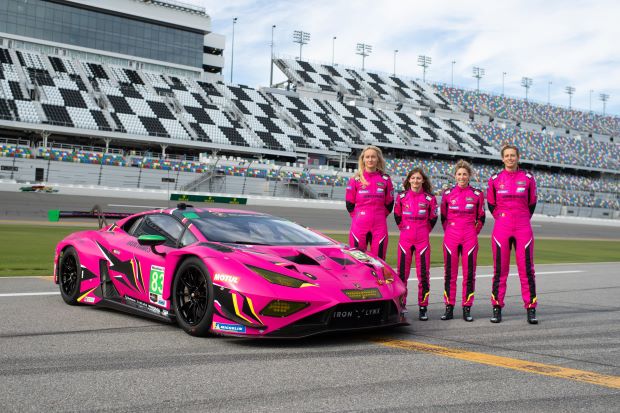
One racing stable drawing attention beyond the glare of its hot pink Lamborghinis is the Iron Dames (pictured). Competing in the LMGTE Am category, the first all-female team in endurance racing is blazing a trail in the traditionally male-dominated sport.
Performances by the four women drivers are turning heads as much as their bubble-gum livery. As one of only two female members of United Autosports’ team at Spa, Whittell is equally enthusiastic about their presence.
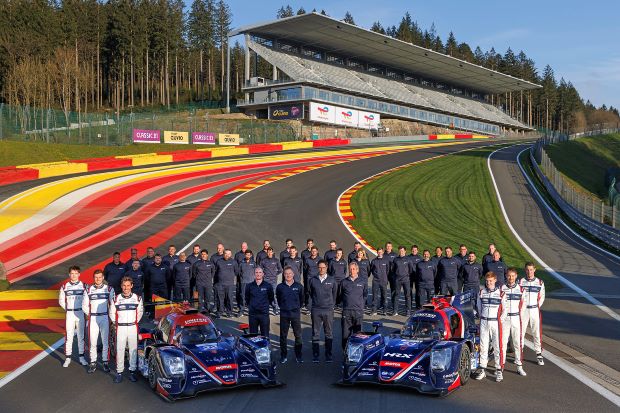
After United Autosports (pictured) notches up second-place for its #23 car and an important haul of points with P5 for #22, the focus is now on the 24 Hours of Le Mans. Billed the greatest sports car race in the world, it’s the ultimate endurance test for teams.
Meanwhile, Spa-Francorchamps has a season of racing events ahead, alongside the Belgian Grand Prix from 28 to 30 July. There’s more to the circuit than the high-octane Formula 1 circus. With the overpowering smell of petrol and hot rubber, and the near-deafening sound of revving engines amid the hilly setting of a pine forest, the Ardennes race track promises a unique Belgian experience.
Photos: ©United Autosports; Iron Dames ©Lamborghini











